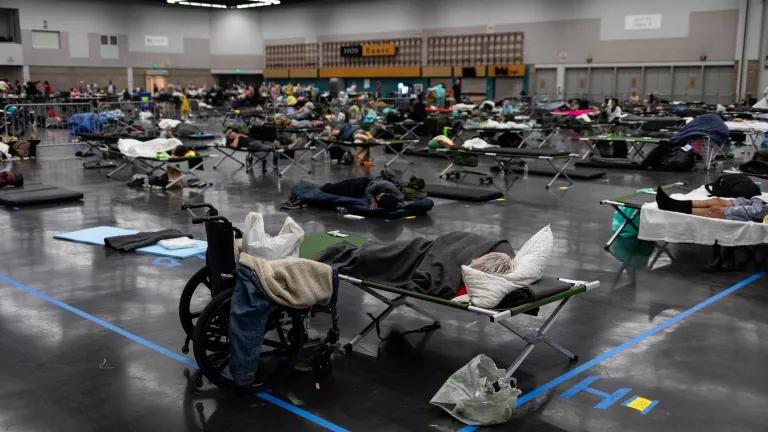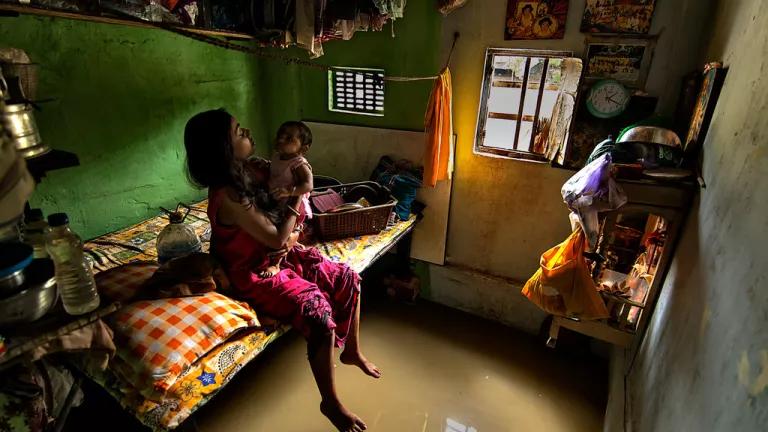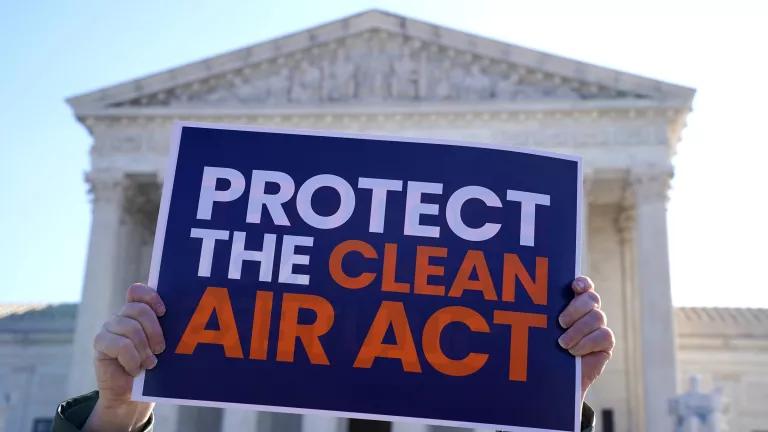Climate Disasters in 2021: An Unrelenting & Expensive Toll
Climate hazards are intensifying, triggering profound suffering and loss of life. Action to deal with this public health crisis is long overdue.
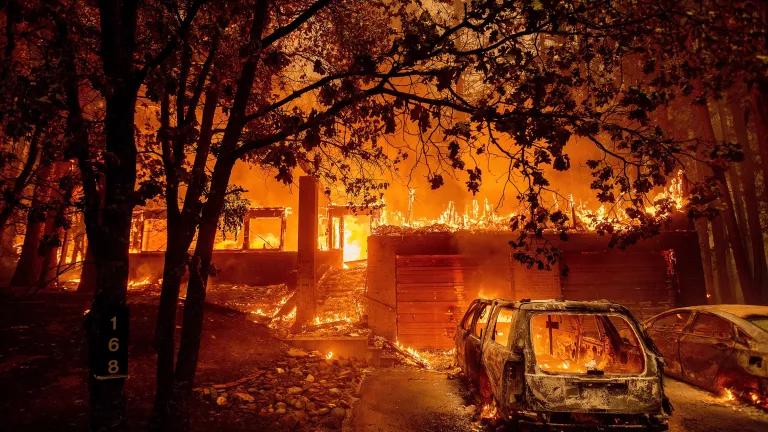
Flames destroy a home as the Dixie Fire tears through Indian Falls in Plumas County, California, on July 24, 2021.
According to new data just released by the National Oceanic and Atmospheric Administration (NOAA), the United States endured 20 billion-dollar climate and weather disasters, with a staggering price tag of $145 billion—and that’s an underestimate.
The terrible financial toll of these events in 2021 far eclipsed disaster costs for 2020, which saw disasters total $102 billion in damages. Last year’s climate and weather disasters were unrelenting, endangering people across the country all throughout the year. According to a separate analysis, more than 4 in 10 Americans live in a county that was struck by a climate-related disaster last year.
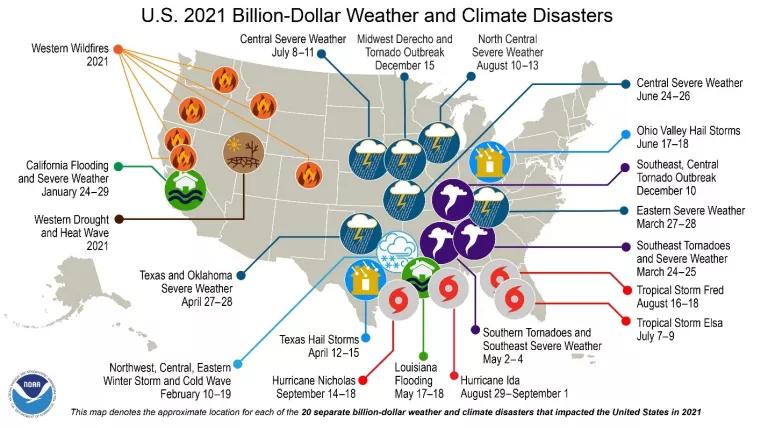
NOAA estimates that the 20 billion-dollar climate and weather disaster events in 2021 caused $145 billion in economic damage, but that estimate excludes damages to human health.
2021 is also making headlines as the country’s fourth hottest on record, and new data show that the Earth’s seven hottest years have been the last seven. All the extra heat in our climate system from pollution released when we burn coal, oil, and gas is supercharging many of the climate and weather disasters tracked by NOAA, including more severe droughts, inland flooding, wildfires, and coastal storms.
NOAA has been tracking these especially costly climate and weather disasters since 1980, and this updated report makes it clear that the dangers and costs of climate change are not some distant threat; they’re here and now.
Missing Health Costs
Federal accounting of the financial impacts of these hazards is limited to damage to property, crops, and infrastructure. That means that the human suffering caused by climate and weather disasters is completely missing from the cost assessment, even though these events are routinely life-threatening and can burden people with expensive healthcare bills for treatment in emergency rooms and hospitals.
Last year, climate and weather disasters harmed Americans from coast to coast and killed 688 people, by NOAA’s estimate. Unfortunately, climate hazards had even more dangerous consequences last year, including illnesses, injuries, and additional deaths. For example, researchers estimate that hundreds of people died in Oregon and Washington in June 2021’s searing heat dome, but because crop damage and repair costs did not exceed $1 billion during that awful episode, this unprecedented event—assessed by climate science experts as “virtually impossible” without the influence of human-caused climate change—is not included in NOAA’s 2021 dollar figure.
In addition to harming physical health, climate hazards are also fueling mental health problems for people who live through these severe events. These types of health issues, which can endure long after a the most intense period of a disaster passes, are also poorly captured in existing government data.
For some context, last year’s $145 billion total was on par with 2012 ($142.4 billion) for the total property, crop, and infrastructure losses inflicted by these climate and weather disasters. Our research on the health harms of 2012’s events, analyzing just a sample of climate-fueled disasters across 11 states (including wildfires, extreme heat, air pollution, and a major hurricane), identified more than 900 deaths, 20,000 hospitalizations, 17,000 emergency room visits, and 37,000 outpatient encounters (outpatient visits, home health care visits, and instances in which medications were prescribed). The total bill for those damages to human health in just our small sample of 2012 events was $10 billion.
We Need Better Tracking of Climate-Linked Health Harms
The science clearly indicates that climate change is causing illnesses, injuries, and deaths—but we currently do not have adequate data to estimate these impacts in a comprehensive way. Badly underfunded public health departments, already severely stressed by the COVID-19 pandemic, need more funding and staff to better account for and respond to the ways in which climate change is already worsening public health all around the country. The Build Back Better Act, passed by the U.S. House of Representatives in November, would meet these challenges head-on by directing funding to help strengthen the country’s core public health infrastructure.
Actions now to significantly cut climate-changing pollution and strengthen community preparedness to these increasingly common disasters could not be more urgent—especially as fresh data show that emissions from the United States increased 6 percent last year from 2020. Our leaders at every level of government need to address the climate emergency head-on to keep people safe and help families and communities to avoid unimaginable destruction and loss.
We Must Demand Action
We can no longer ignore the reality around us that climate change is here, it’s now, and it’s terribly costly, in terms of our health. Let’s make 2022 the year for strong, sustained action to address this crisis.

